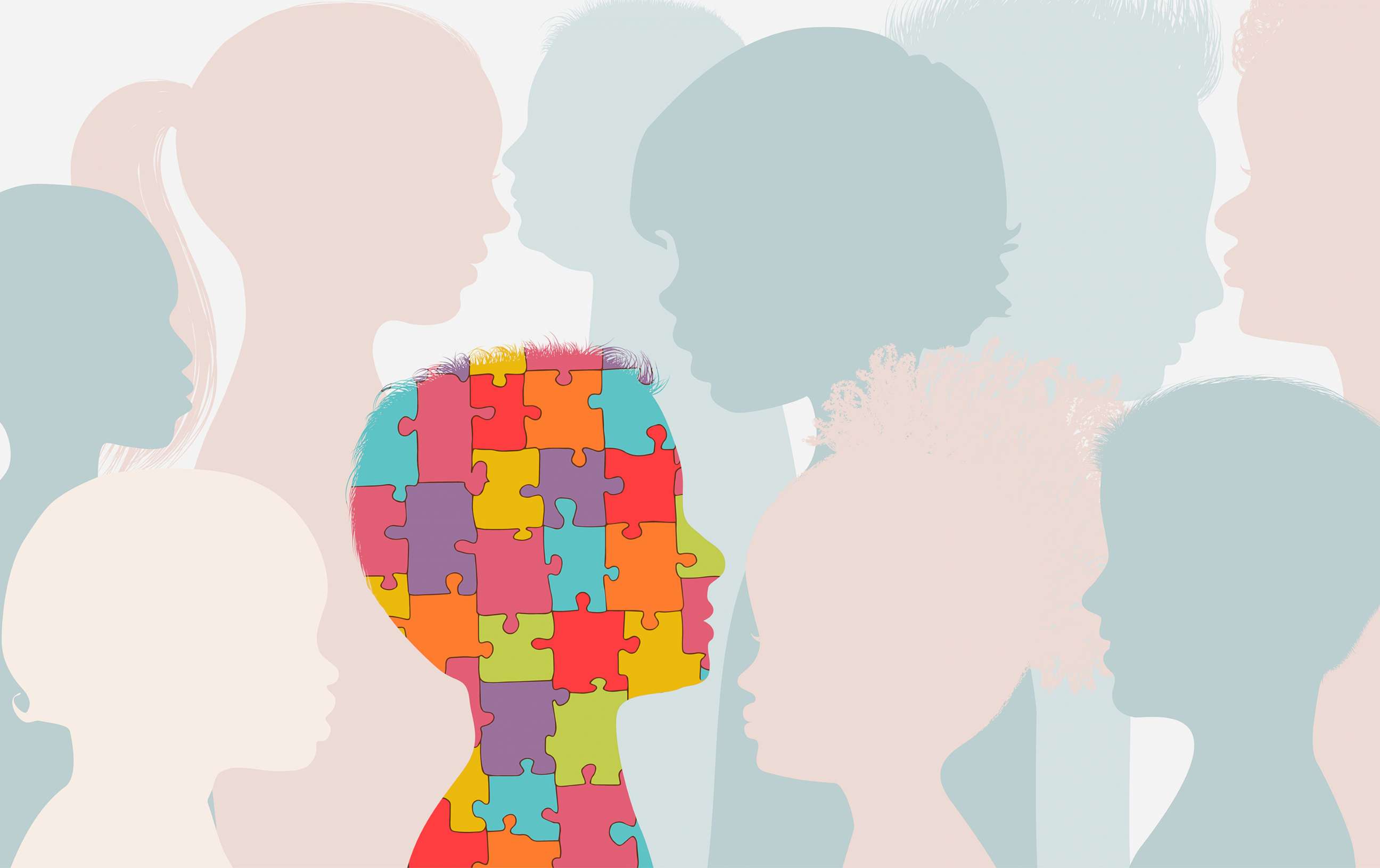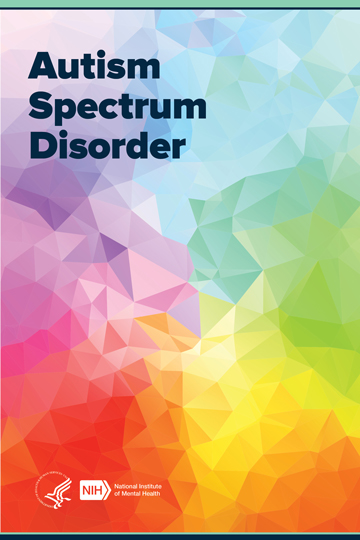Exactly How to Communicate Properly with Liked Ones on the Autism Range
Exactly How to Communicate Properly with Liked Ones on the Autism Range
Blog Article
Recognizing Autism: A Comprehensive Guide to Signs and Signs And Symptoms
Autism Spectrum Condition (ASD) encompasses a wide variety of characteristics that can considerably influence an individual's social communications and everyday performance. Identifying the symptoms and indications, such as difficulties with eye get in touch with, social communication troubles, and sensory sensitivities, is critical for early treatment. Understanding these nuances not just aids caretakers and educators in supplying proper support however additionally fosters a much more comprehensive environment for individuals with ASD. As we discover the intricacies of autism, it becomes important to consider exactly how these indicators manifest in different ways across the spectrum and what effects they hold for effective intervention methods.
Review of Autism Range Problem
Defining Autism Spectrum Condition (ASD) includes acknowledging it as a complicated neurodevelopmental condition defined by a variety of difficulties in social interaction, communication, and behavioral patterns. The term "spectrum" reflects the wide variability in symptoms and their severity, which can vary significantly from one person to an additional. ASD typically shows up in very early childhood years, although some people may not get a diagnosis until later on in life.
Variables affecting the advancement of ASD include genetic predispositions and environmental elements, although the specific causes stay under investigation. Medical diagnosis often counts on behavior evaluations, as there are no definitive clinical examinations for ASD. Early intervention is crucial and can dramatically enhance results, concentrating on improving communication skills, social communications, and adaptive actions.
People with ASD may additionally display unique toughness, such as phenomenal interest to detail or certain areas of competence. Understanding the complex nature of ASD is vital for fostering an inclusive setting that fits neurodiversity. Proceeded research study is essential for establishing reliable interventions and support group, enabling people with ASD to thrive and fulfill their possible within society.
Typical Signs of Autism
Acknowledging the usual indicators of Autism Spectrum Problem (ASD) is crucial for early recognition and treatment. These signs can vary commonly in severity and presentation, however certain qualities are regularly observed in people with ASD.
Among one of the most prevalent signs is a significant difficulty in establishing and maintaining eye get in touch with. People may likewise display minimal interest in social communications and reveal a choice for singular play. Repetitive behaviors, such as hand-flapping, rocking, or rotating things, often emerge early in youth. In addition, some children may develop stringent routines and end up being troubled if these regimens are interfered with.
Sensory sensitivities are likewise usual; people might underreact or overreact to sensory stimuli, such as sounds, lights, or textures. autism. Language growth can be atypical, with some children exhibiting delayed speech or using language in unusual ways, consisting of echolalia-- duplicating expressions or sentences heard elsewhere
It is important to note that not every person with ASD will certainly display all these signs, and the level of these habits can differ considerably. Early acknowledgment enables timely support and sources, improving the quality of life for those on the spectrum.
Social Communication Obstacles
Social interaction difficulties are a hallmark of Autism Range Condition (ASD), impacting a person's capacity to engage effectively with others. These troubles can materialize in numerous methods, including obstacles in starting and keeping discussions, understanding social cues, and reacting appropriately in social communications.
Individuals with ASD might have problem with nonverbal interaction, such as eye contact, face expressions, and body language. This can bring about misunderstandings, as their communicative intent might not be correctly translated by others. Furthermore, they may locate it challenging to realize the nuances of tone and context, which are crucial for efficient interaction.
In team settings, individuals with ASD might really feel overwhelmed and might not know exactly how to sign up with in conversations (autism). They may likewise display irregular conversational patterns, such as monologuing about particular passions without identifying social reciprocity
Furthermore, these difficulties can cause social isolation or difficulties in developing partnerships, as peers might misunderstand their behavior or communication style. Comprehending these social interaction obstacles is essential for promoting helpful settings that advertise social abilities growth and enhance the quality of interactions for people on the autism spectrum.
Sensory Reactions and sensitivities
Lots of people with Autism Range Condition (ASD) experience enhanced sensory level of sensitivities that can dramatically influence their lives. These level of sensitivities might materialize as over-responsiveness or under-responsiveness to sensory stimulations, including noises, lights, structures, tastes, and smells. An individual with ASD may find everyday sounds, such as a vacuum cleaner or crowded environments, extremely stressful, leading to anxiousness or disasters. Alternatively, some might display an indifference to pain or severe temperature levels, which can present safety and security issues.
Sensory handling differences in people with ASD can also influence their capability to take part in regular activities other and social communications. For instance, a youngster who is delicate to touch may resist physical affection or avoid particular apparel textiles. A preference for particular textures or tastes can restrict dietary choices and develop obstacles during nourishments.
Comprehending these sensory level of sensitivities is important for acknowledging the special experiences of people with ASD. Awareness of their sensory profiles can promote much better interaction and assistance approaches, creating an atmosphere that fits their demands and boosts their lifestyle. Ultimately, acknowledging sensory sensitivities is a vital element of understanding the wider range of autism.

Sustaining People With Autism
Effective assistance for people with Autism Range Problem (ASD) is crucial for enhancing their general health and fostering independence. Assistance approaches need to be customized to fulfill the one-of-a-kind needs of each individual, considering their obstacles and strengths.

Social abilities training can also play a critical function. autism. Involving people in team tasks or role-playing scenarios can enhance their ability to navigate social interactions. Furthermore, it is important to educate family members, caregivers, and peers regarding ASD to promote a encouraging and comprehensive area
Verdict
By fostering boosted communication and social skills, people with autism can navigate their environments extra effectively. Eventually, increased recognition and support can significantly boost the high quality of a knockout post life for those affected by ASD.
Autism Range Condition (ASD) encompasses a vast variety of qualities that can significantly affect an individual's social interactions and day-to-day functioning.People with ASD might struggle with nonverbal interaction, such as eye contact, face expressions, and body language.Lots of individuals see with Autism Range Disorder (ASD) experience enhanced sensory sensitivities that can substantially impact their everyday lives.Sensory processing differences in people with ASD can also impact their ability to engage in regular activities and social communications.Comprehending these sensory level of sensitivities is important for acknowledging the one-of-a-kind experiences of individuals with ASD.
Report this page